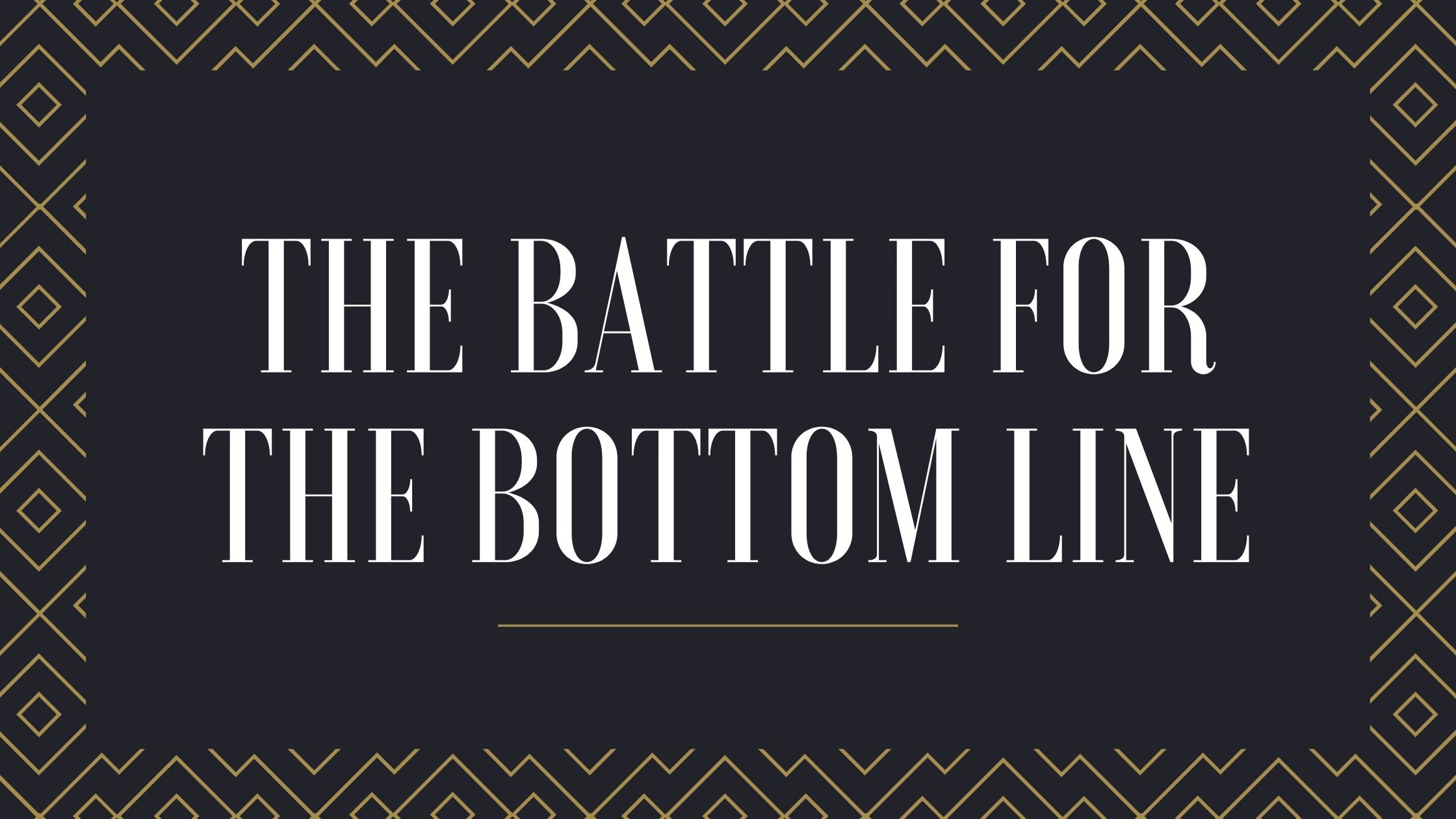Buying digital gold isn’t all that different from purchasing the physical variety. You pay through an app, and a slice of gold corresponding to that value remains stored in a depository. Some services allow you to withdraw it and have it delivered. Others will only repurchase it from you for cash.
Including traditional offline channels, Indonesia consumed some 32 metric tonnes of gold in 2019, which isn’t much by global standards. India, in comparison, bought almost 700 tonnes, and China, the world leader, bought over 1,000 tonnes that year.
The Battle for the Bottom Line

However, in terms of digital gold purchases, Indonesia has eclipsed India. Around 10% of gold purchases in Indonesia are already done online, according to expert estimates. In India, it hasn’t even reached 1%.
As Indonesia’s digital gold sector grew, so did regulatory scrutiny. In the early days, there weren’t any specific rules regarding digital gold. Concerns grew that this might invite fraud. Indonesia is still working out which government body is responsible for overseeing digital gold. This created friction among pioneers and even the termination of partnerships.
Yet, the trouble of navigating rough regulatory waters is worth it. For companies in the business, selling gold digitally provides access to a much larger market. While buying physical gold requires a considerable upfront investment, digital gold comes in denominations as small as IDR 100 (US$0.007). This way, in theory, Indonesia’s 80 million smartphone users can start saving gold.
For platforms like Bukalapak and Tokopedia, digital gold comes with decent margins. Tokopedia’s digital gold feature has grown 3.5X compared with the second quarter of 2019, according to Vira Widiyasari, its head of financial products. The volume of transactions on Bukalapak has grown 10X since last year, said Dhinda Arisyiya, its head of financial services. “It’s mostly on the buying side.”
But more importantly, digital gold gets users who lack financial literacy accustomed to the idea of buying more complex financial products online. That’s where the true pot of gold lies.
A digital advantage
Digital gold, as it’s currently offered in Indonesia, is really simple. Each digital purchase corresponds to physical gold sitting in the vault of a gold depository. That’s an important distinction to other gold-related financial instruments.
One of the advantages of digital gold is that the app immediately shows an up-to-date buying and selling price, said Arisyiya.
There’s also a much lower entry point. Investments on Bukalapak’s BukaEmas feature can start from as low as IDR 100. “Offline, you’d have to invest in at least 0.5g, which is around IDR 400,000-500,000 (US$27-34),” added Arisyiya. That weight corresponds to the smallest available physical bar.
Both Bukalapak and Tokopedia encourage you to top up your digital gold balance with every product you buy on their marketplaces—by simply rounding up the price of your purchase, even if it’s just a few hundred Rupiah. You can also transfer your gold balance to a friend.
Digital gold has blended with e-commerce in a multitude of ways. For example, apps that offer digital gold also typically come with saving plans that encourage you to top up your gold balance with a certain amount each week or month.